Does Reverse Osmosis (RO) Remove Cadmium from Drinking Water?
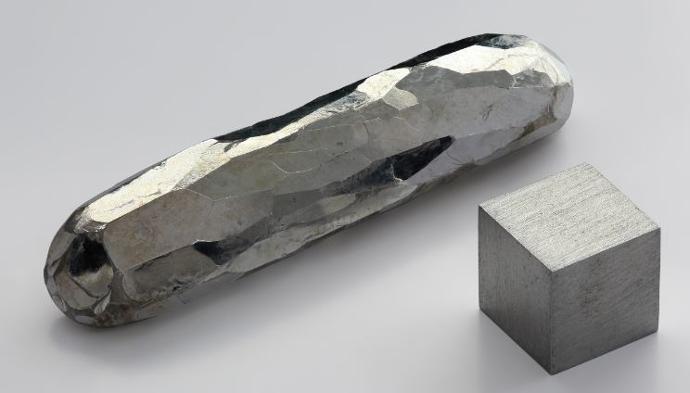
Yes, reverse osmosis (RO) is generally effective at removing cadmium from water. RO is a water purification process that uses a semipermeable membrane to remove a wide range of contaminants, including heavy metals like cadmium. The semipermeable membrane has very small pores that can trap cadmium ions, preventing them from passing through and producing purified water on the other side.
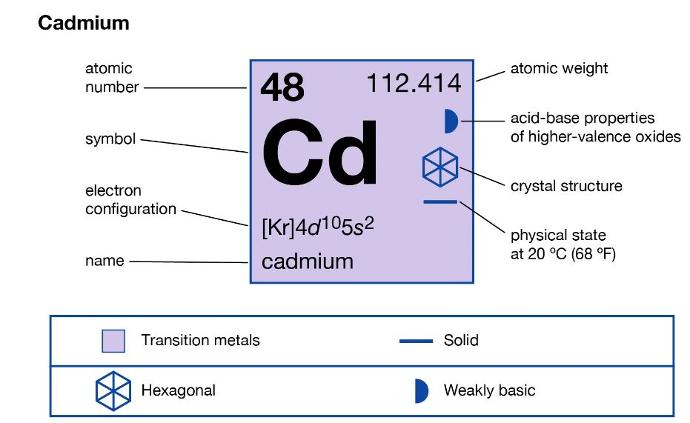
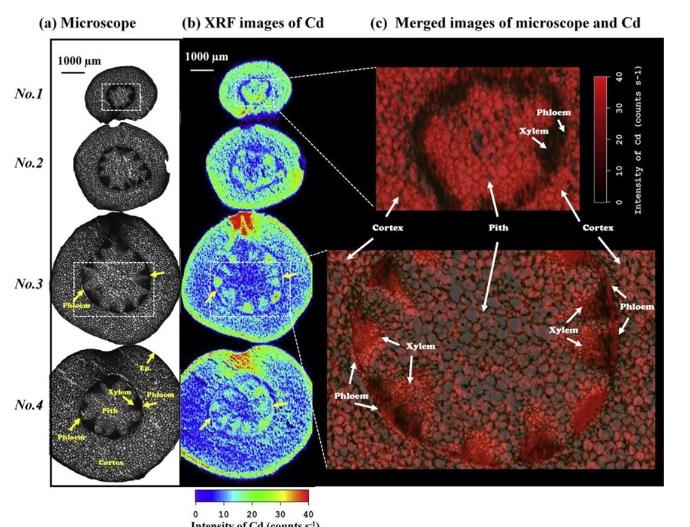
UNDERSTANDING CADMIUM:
Cadmium is a toxic heavy metal that can find its way into water sources through various means, including industrial runoff and agricultural activities. Even at low levels, cadmium exposure can pose significant health risks, such as kidney damage, lung cancer, and other adverse health effects.
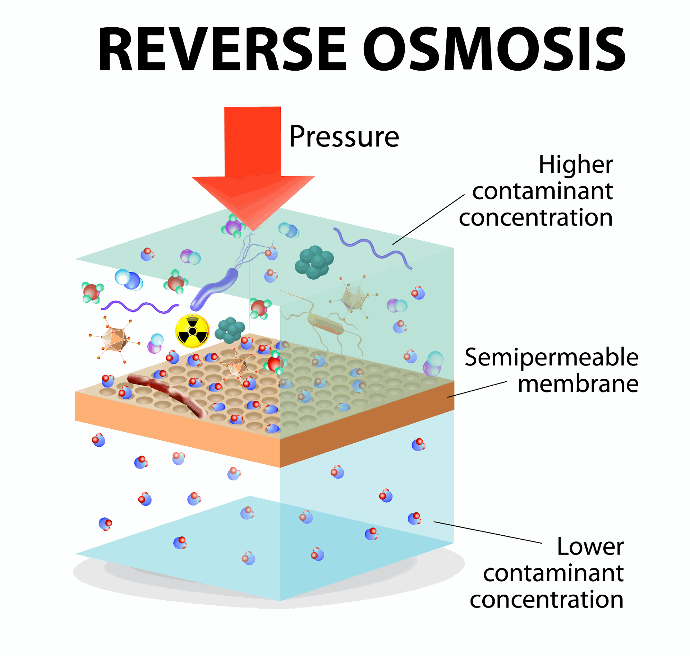
How Reverse Osmosis Works:
Before we dive into whether RO removes cadmium, let’s briefly review how the RO process works. RO is a water purification technique that employs a semipermeable membrane to filter water. Under pressure, water molecules are pushed through this membrane, leaving behind impurities and contaminants.
The Effectiveness of RO in Cadmium Removal:
The good news is that RO is indeed effective at removing cadmium from your drinking water. The semipermeable membrane used in RO systems is designed with incredibly small pores that can trap various particles, ions, and molecules, including cadmium ions. As a result, cadmium is generally removed alongside other contaminants during the RO filtration process.
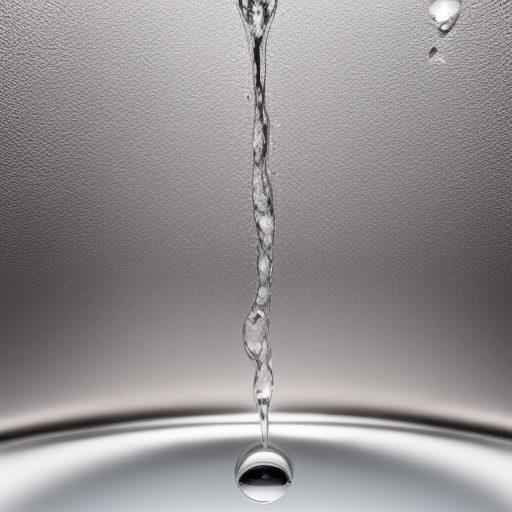
Factors Affecting RO’s Cadmium Removal:
While RO is an efficient method for removing cadmium, the effectiveness of the system can be influenced by several factors:
Does Reverse Osmosis Remove Cadium?